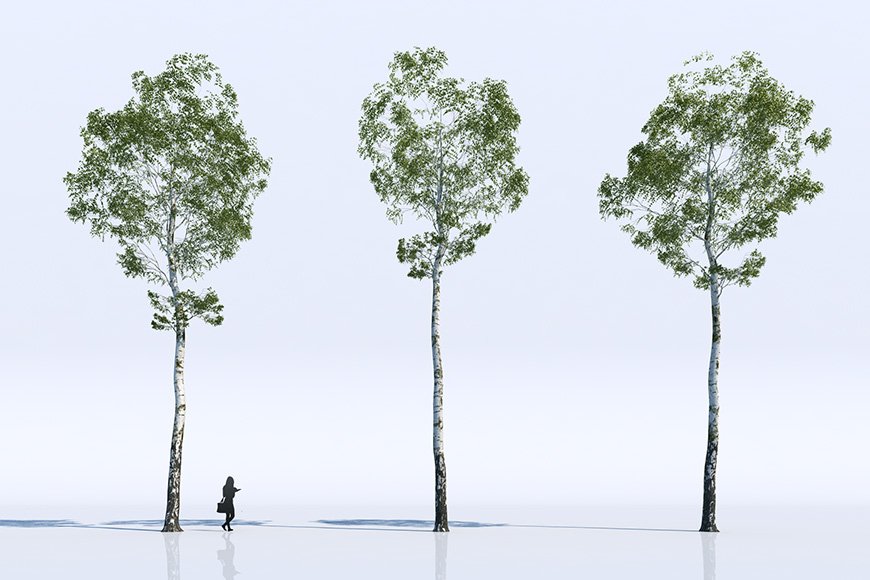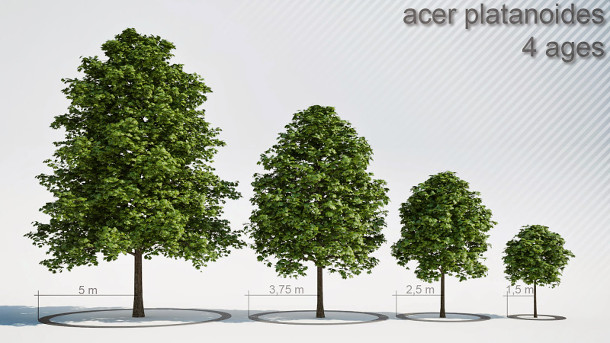This sketchup 3d model' Bungalow Resort 'is an my old project that i have done at 2016. Now i want to share it with all Sketchup Texture Club people I included in the file archive the IDRI used in this scene, the vray proxy trees and the vray IES light. This is a free package of 18 highly detailed 3d birch tree models for vray rendering engine and 3ds max. Free for commercial use. Bentuk sediaan farmasi pdf viewer download. Download MAX – Mirror 1.
Overview In V-Ray for SketchUp there is a way to replace the proxy geometry by any other object. Every single vertices and faces consume memory of ram, meaning that if you have several proxy in the scene, not only the SketchUp feedback is slower, but you could be wasting memory of ram needed to achieve a high resolution render. That is why it is a good idea to replace the actual low polygon proxy representation for an even more simpler geometry. In this document we are going to replace the Proxy triangle representation for a single surface with the image of the proxy object. Part I: Importing the Proxy Step 1. We are going to click in the import proxy icon to import a proxy tree. The proxy geometry doesn't support material information, therefore V-Ray for SketchUp will create a multi-material and it will have random material color for every single ID.
Click Render and you will see all the random color of the material ID. In this example, the tree has two material ID applied to it. The green material (ID 1) for the leaves and the pink material (ID) for the trunk. In the material editor you can see a generic multi-material with two ID. The idea is to replace those two generic material with the final material.
Part II: Applying Materials You can apply the correct material to the proxy multi-material. There are couple way to do this. You can edit the current material and add all the mapping and material properties as reflection, bump, etc.

You can import material properties over the current materials by selecting the material, right click on it and select import material. This will override the current materials properties with the desired once. You can import new materials and replace the old material in the multi-material for the imported once. This is method that I’m going to use in this tutorial.
Notice in the material editor the new materials. For the leaves, we are using a 2 sided material to achieve more realism. Also you can see the final render with the correct material. Now the idea is to use the same image of the render to replace the proxy tree representation. Part III: Preparing the 2D Images Step 1. Make a render of the final tree without floor and kinda front view.
Something similar to the previous render in this example. Save the image as.png. Saving the image as.png will remove background.
Crop it to the tree bounding box. Part IV: Importing the Image and Making it a Component Import the tree image into SketchUp Step 1. Select file, import Step 2.
Select.png in the file format. Select import as image Step 4. Select the image and click open Step 5.
Place the image in SketchUp and be sure that the high is the same as the proxy tree. Explode the image. We want to create an always face camera component. Select the whole image and right click on it. Select “Create component” Step 9. Assign a name to the component, enable the always face the camera option.

Set the component axes to the bottom of the trunk and click “create”. Part V: Replacing the Low Polygon Proxy Representation for a 2D Images The proxy object is a group enclosed in a component. So, if we replace the geometry inside the group we are not breaking the proxy. Copy the 2D image component of the tree. Double click on the proxy tree to enter into the component.
Shablon sertifikata ob obuchenii. Double click again, to enter inside the group. Now that you are inside the proxy group, you can import the 2d image component Step 5. Delete the proxy geometry representation. (we are going to use the 2d image to represent the proxy) These method is very useful for couple reason. First you are representing the Proxy file with less polygons that the V-Ray default proxy setting saving valuable ram resource. The SketchUp viewport feedback will be faster no matter how many proxies you get on your scene and the 2d representation will give you a great idea of how your final image will look. Part VI: Next Time That You Need the Same Proxy Because Proxy doesn't support materials, the next time that you import the proxy, it will come without the real materials.
The solution is to save the proxy component as Sketchup file. Select the Proxy component that you want to save. Click on save as, then press “save”. Part VII: Import the Proxy Component Step 1. Go to the File menu Step 2. Select “import” Step 3.
Posts
- Death Note Ds Rom English Patch
- Nokia Infinity Best Dongle Crack Download
- Gta San Andreas Android Yandeks Disk
- Vol Fcr 17 Crack
- Blank Udostovereniya Mvd Skachatj
- Ableton Live 9 Crack Mac Pirate Wallpaper
- Ti Nspire Student Software License Number Keygen
- Caterpillar Electronic Technician Cracked Games
- Blank Cenniki Onlajn